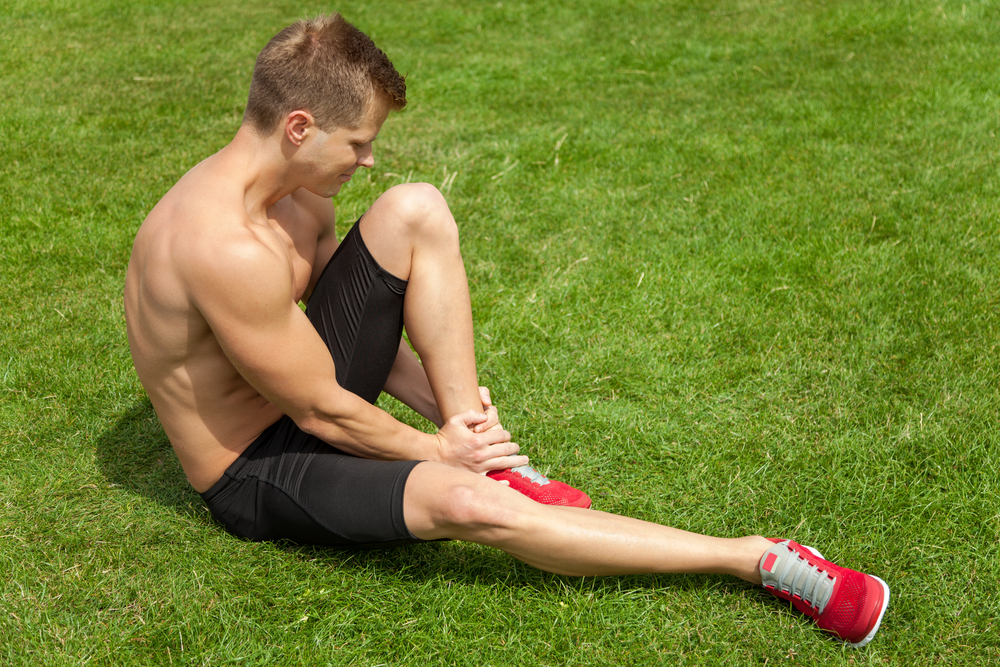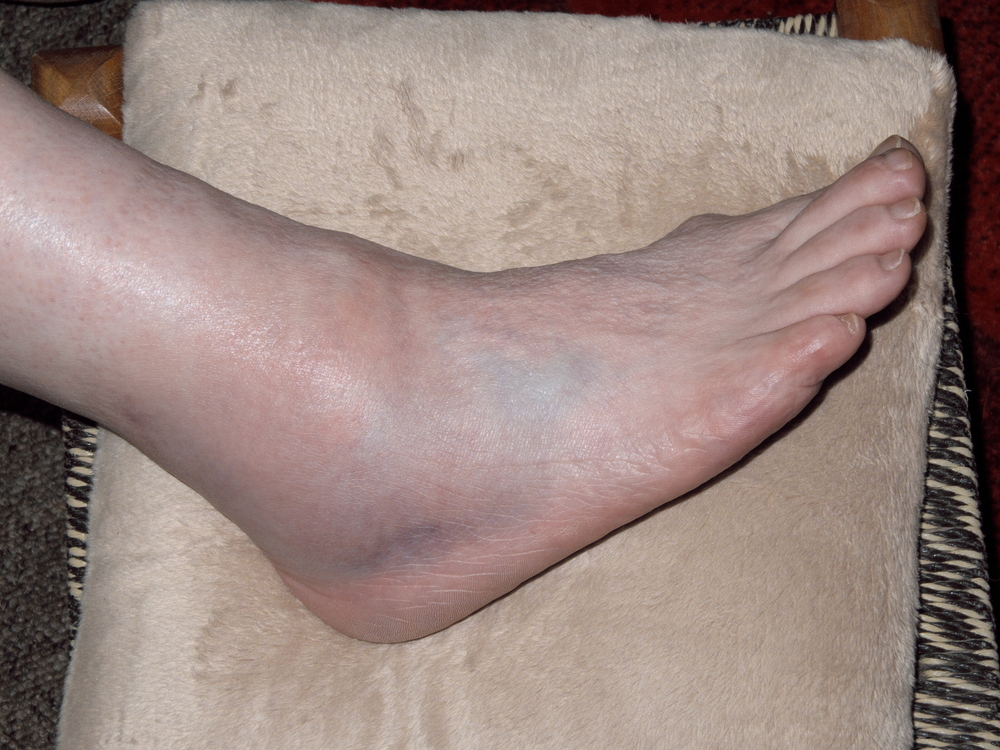Sprains: Causes, Treatment & Prevention

A sprain happens when the ligaments of the body become stretched or torn. A ligament is a fibrous band of tissue that connects the bones at a joint. This is why sprains are localized around joints such as ankles, knees and shoulders.
Causes & symptoms
Normally, the ligament can expand and snap back into place when a person moves. Sometimes, though, the ligament is pushed beyond its normal capabilities and causes a sprain. Any joint can be affected by a sprain if the ligament is suddenly pushed, twisted or impacted. The most common type of sprain is an ankle sprain, according to the Mayo Clinic.
People who are involved in sports are more likely to injure their ligaments, though anyone can experience a sprain. For example, if someone stumbles and catches the fall with their hands, they can sprain their wrists. Twisting a knee while dancing, running or just going up a flight of stairs can cause a knee sprain. A person can even sprain fingers and thumbs.
Symptoms of a sprain include a popping sound during the injury, bruising, pain, swelling and limited movement for the affected joint.
A sprain can also lead to long-lasting health problems. For example, a sprain in the wrist can lead to carpel tunnel syndrome (CTS). Symptoms of CTS can start with nighttime numbness or tingling, along with hand pain and those affected should seek medical attention, according to Dr. Shari Liberman, a hand and upper extremity orthopedic surgeon at Houston Methodist Hospital. "Usually, the patient will wake up at night with those symptoms and has to shake out their hands to relieve the pain," said Liberman. "The symptoms can progress to daytime numbness or tingling and pain."
Sprain and strains
Sprains and strains have many of the same symptoms, but they are not the same thing. A strain is when a tendon stretches or tears, while a sprain affects ligaments. Tendons are cords of tissue that connect bones to muscles in the body.
Whiplash is a condition that often involves both sprains and strains. Whiplash is any injury of the neck's soft tissues resulting from forced movement, often caused by a car accident. It can affect muscles, joints, discs, nerves, ligaments and tendons, according to the National Institute of Neurological Disorders and Stroke. Whiplash is often classified as a secondary injury of a concussion, Kenneth Podell, a neuropsychologist at Houston Methodist Hospital, told Live Science.
Get the world’s most fascinating discoveries delivered straight to your inbox.
Treatment
A medical professional typically performs a physical inspection of the injured area to look for symptoms of a sprain. Magnetic resonance imaging (MRI) may be used to see determine how badly the ligament is affected. If the bone could be broken, the medical professional may order an X-ray.
There are three types of sprains, rated by their severity. According to the American Academy of Orthopaedic Surgeons the three types of strains are:
- Grade 1 sprain (mild): This includes a slight stretching and some damage to the fibers of the ligament.
- Grade 2 sprain (moderate): This includes the partial tearing of the ligament.
- Grade 3 sprain (severe): This involves a complete tearing of the ligament.
Mild sprains usually only need time to heal, rest and a little care. Remember the RICE procedure: rest, ice, compression and elevation. Over-the-counter pain reliever such as ibuprofen (Motrin IB, Advil) or acetaminophen (Tylenol) can be used to lessen the pain, and ice packs can be applied to reduce swelling. An ice pack should be placed on the area 20 minutes four to eight times a day, according to the National Institute of Arthritis and Musculoskeletal and Skin Diseases. The area should also be elevated and compression should be applied using a compression bandage.
In more severe cases, a medical professional may immobilize the area with a brace. If there is a torn ligament or ruptured muscle, surgery may be needed to correct the problem, according to the Mayo Clinic.
Prevention
Muscle training, stretching and stability training are all important steps to preventing strains because they keep the muscles strong and flexible. A medical professional should be consulted for the best exercises. The medical professional will take into consideration the type of sports and activities an individual is interested in for the best training recommendation.
Warm-up exercises, such as light jogging, before a strenuous activity can also help avoid sprains. Also, avoid running, exercising or playing a sport when tired or in pain.
Additional resources




